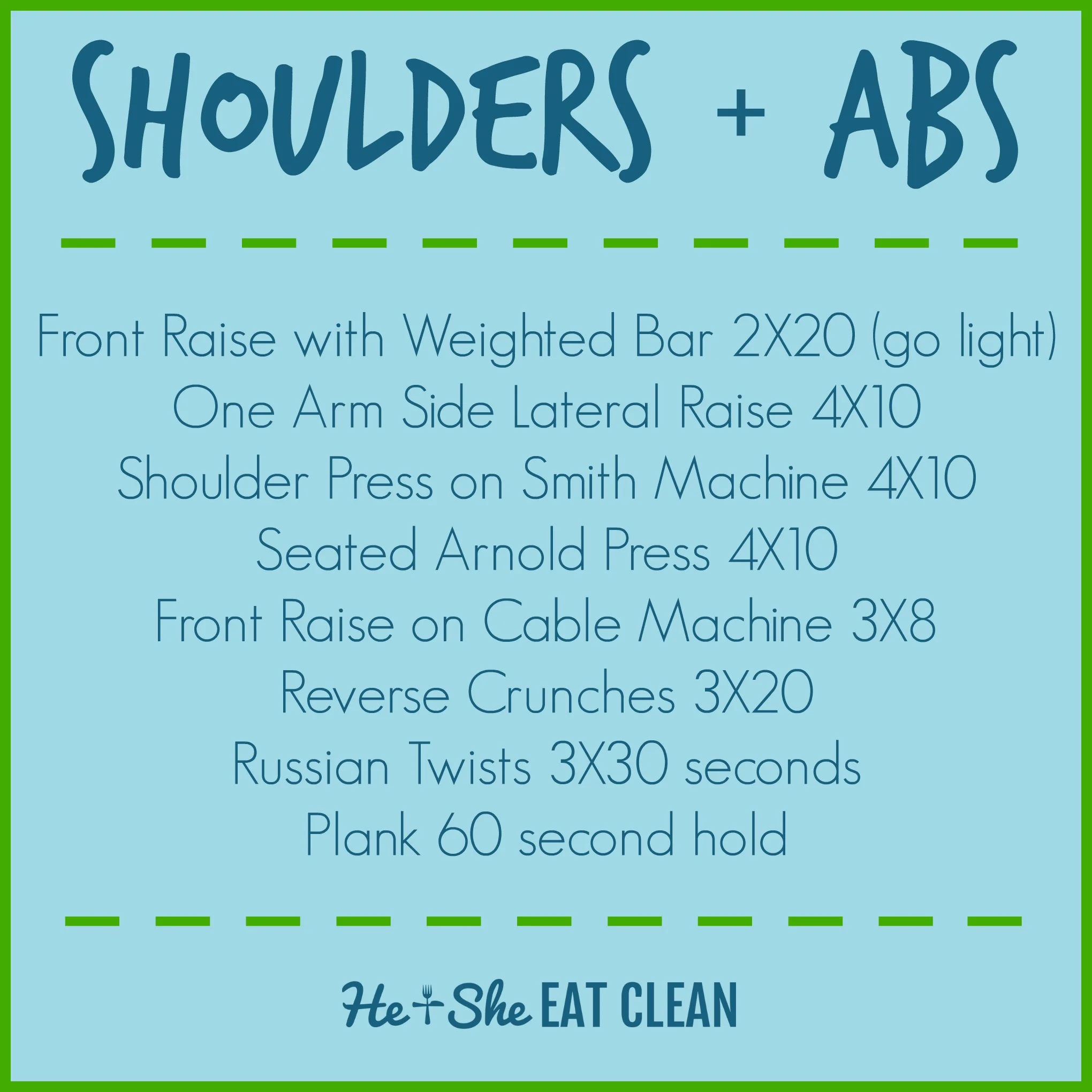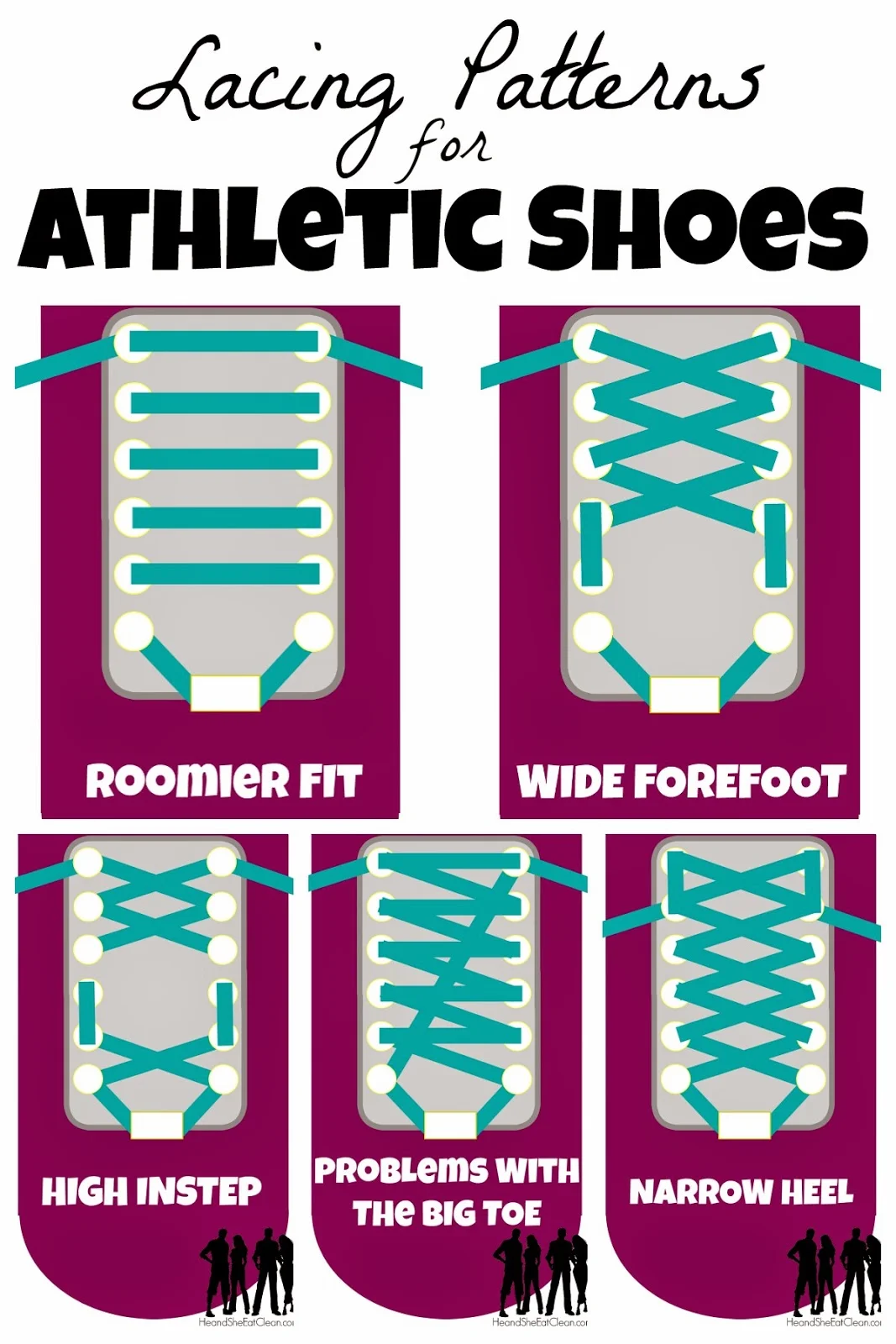Cardio - Explained!
Confused by which type of cardio you should be doing? And when? Let us explain!
Low Intensity
Low intensity means just that...low intensity. Examples include walking and swimming. Your heart rate should be 40%-50% of your max. To calculate this subtract your age from 220. Low intensity is usually done for a longer duration.
You are able to fully carry on a conversation while doing low intensity cardio.
Medium Intensity
Medium intensity is keeping your heart rate at 50%-70% of your max. This includes brisk walking or walking at a medium incline.
You are sweating and it is getting difficult to carry on a conversation.
High Intensity
High Intensity is preforming at 70%-85% of your max.
High Intensity Cardio: Consistently maintaining a high intensity for the duration of the workout. Running and hiking are examples of high intensity cardio.
High Intensity Interval Training (HIIT): HIIT workouts are intended to be short in duration but make a huge impact by way of quick bursts of intense output with adequate rest periods in between. An example includes sprints.
It is very difficult to carry on a conversation while preforming high intensity cardio or intervals.
You can gauge your intensity by the "talk test" as we have mentioned above, taking your pulse, or by using a Heart Rate Monitor.
So, what is the best type of cardio to do? A mixture of all 3! Don't do the same thing at the same intensity each day. Check out our Tips and Workouts Tab for our cardio routines, including home workouts if you are unable to get to the gym.
Ways to Mix Up Your Cardio Routine!
Do you dread cardio? Mix up your cardio routine and try something new. Even if you do love running it's always good to mix it up! Check to see what type of classes your gym offers, take one, and have it count as your cardio. When the weather is nice take advantage of hiking trails near you. Try things that make it fun and that don't make it feel so much like a "workout".
Need a little extra help with incorporating strength training with your runs? Don't want to think about your workouts? Let us be your personal trainers with our She Sweats 12-week Run Builder and increase your mile time. It guides your workout each day and has everything you need! Find out more!

















































